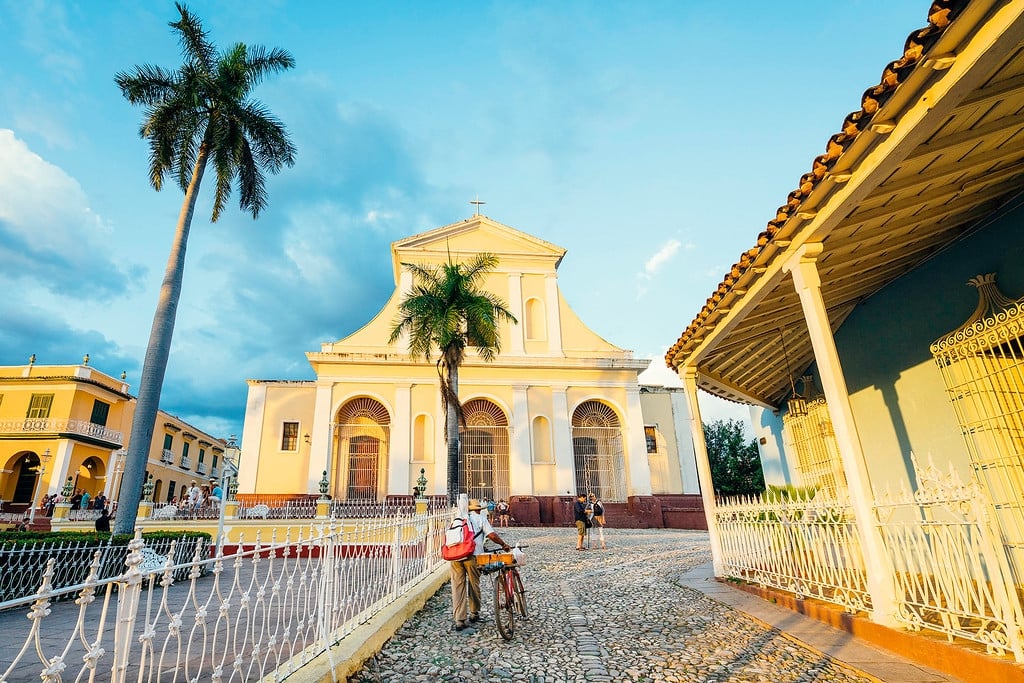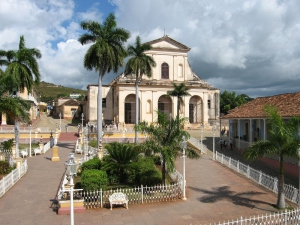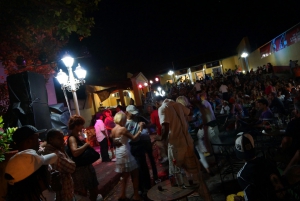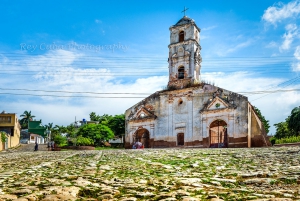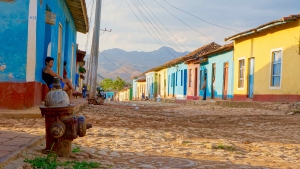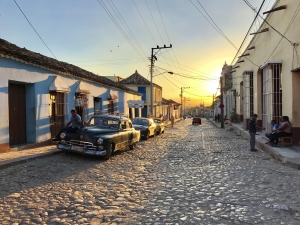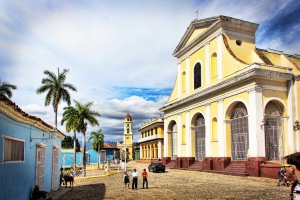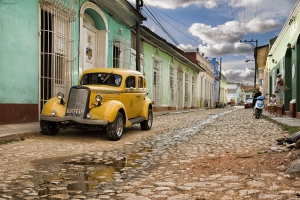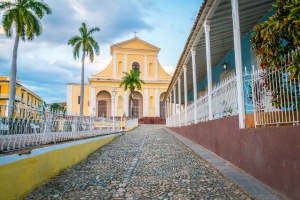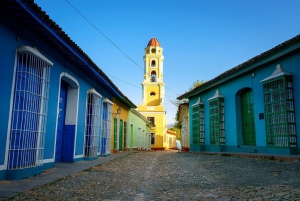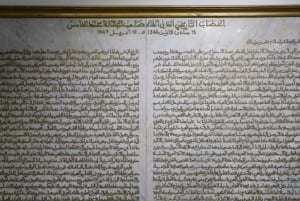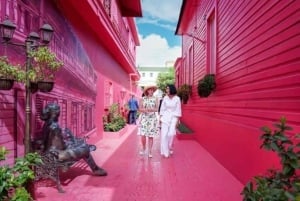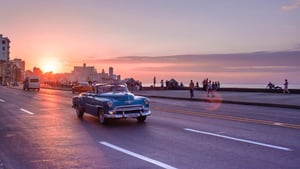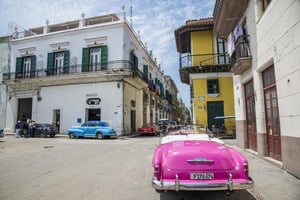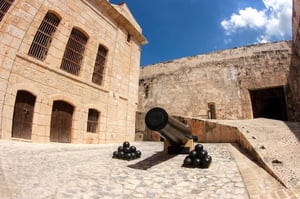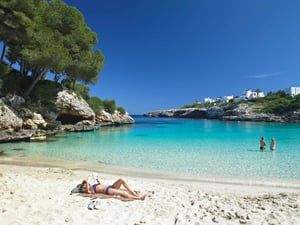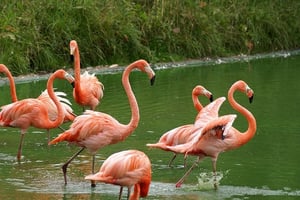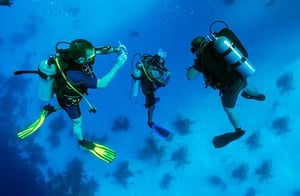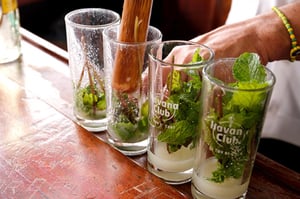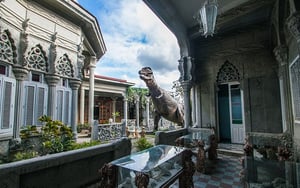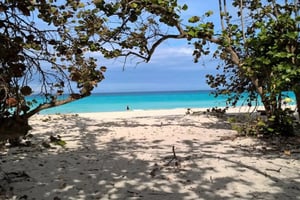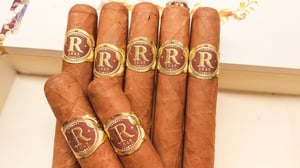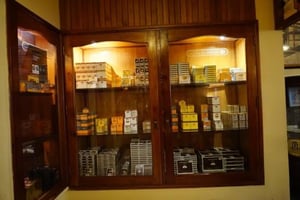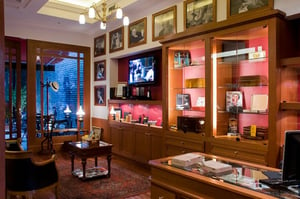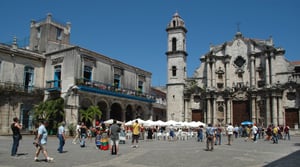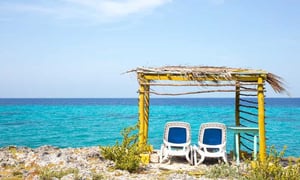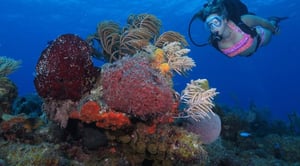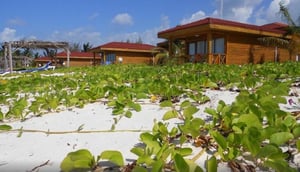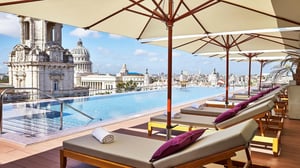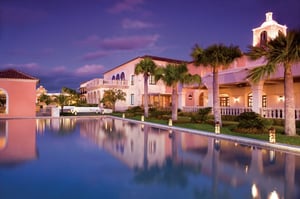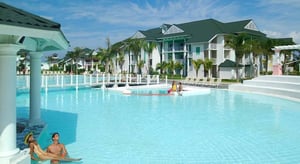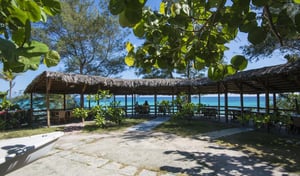Trip to Trinidad, the Cuban city stopped in time
Book Top Experiences and Tours in Cuba:
If youʻre booking your trip to Cuba last minute, we have you covered. Below are some of the top tours and experiences!- World Of Controls
- 7 Days Jewish Heritage tours from Casablanca
- Private City Highlights Shore Excursion & Guided Tour

Streets of Trinidad, Cuba
Trinidad is located just over 300 kilometers from Havana, in the southeast central part of Cuba. This is one of the main tourist destinations in the country and in the high season the daily amount of visitors is close to 10 thousand, so finding accommodation is not always easy.
There are over a thousand private houses for rent and a similar number of rooms in the state sector; but with so much influx of tourists it is necessary to make reservations well in advance.
What places can not miss in a tour of the city stopped in time? To better enjoy the experience, the ideal is to walk. The distances of the unmissable sites are not very large and, in addition, the access of cars and buses can be complicated.
The first stop is the Plaza Mayor, surrounded by white railings and with numerous benches that invite you to enjoy the breeze, in the shadow of huge royal palms. In the center of the square stands the statue of Terpsicore, the Greek muse of dance.

Plaza Mayor, Cuba
Next to the Plaza is the house of the Sánchez Iznaga family, which is currently the headquarters of the Museum of colonial architecture. In one of the streets surrounding the Plaza Mayor is the Brunet Palace, which houses the Romantic Museum. The combination of architectural styles, the spectacular Andalusian patio and the furniture and dishes of more than 150 years give the place a special breath.
The Old Cantero Palace is the headquarters of the Museum of Municipal History and has a huge attraction: climb a tower from where you can see much of the city. PanamericanWorld was there and the panoramic view is spectacular. Gastronomy in Trinidad is one of its highlights. At midday or at nightfall the smell that comes from almost a hundred restaurants distributed throughout the city invites walkers to taste dishes of traditional Cuban food. In addition, not a few of the private and state restaurants have musical groups, so the walker not only quenches his appetite, but enjoys anthological themes of Cuban music.
Those who prefer to try something different can not miss "La Canchánchara". This is the only place in Cuba where the drink used by the mambises that fought the Spanish Army was used, in the Wars of Independence, at the end of the 19th century. The peculiar drink is a mixture of honey, lemon juice and cane brandy. Another infallible place is the Floridita Trinidad Bar. As with its original version, located in Havana, it also has a sculpture by the American writer Ernest Hemingway. Trying a daiquiri, standing next to the Nobel Prize for Literature, is an enjoyable experience.
When retracing Trinidad, the insurance walker will be amazed by the crafts that are produced and offered there. It was no accident that the World Handicrafts Council recognized the city as "Craft City of the World". In each street it is possible to find not only small private shops that sell from linen dresses to knitted hats, but, especially striking is to see the weavers work who, with their laces and thread, manage to make unique products on the planet.
At night, Trinidad does not rest. The dancers have different options, for example, a disco located at the bottom of the Ayala cave; Meanwhile, those interested in folklore can shop around the Palenque de los Congos Reales, where they come into contact with Afro-Cuban musical rhythms.

Trinidad at Night


